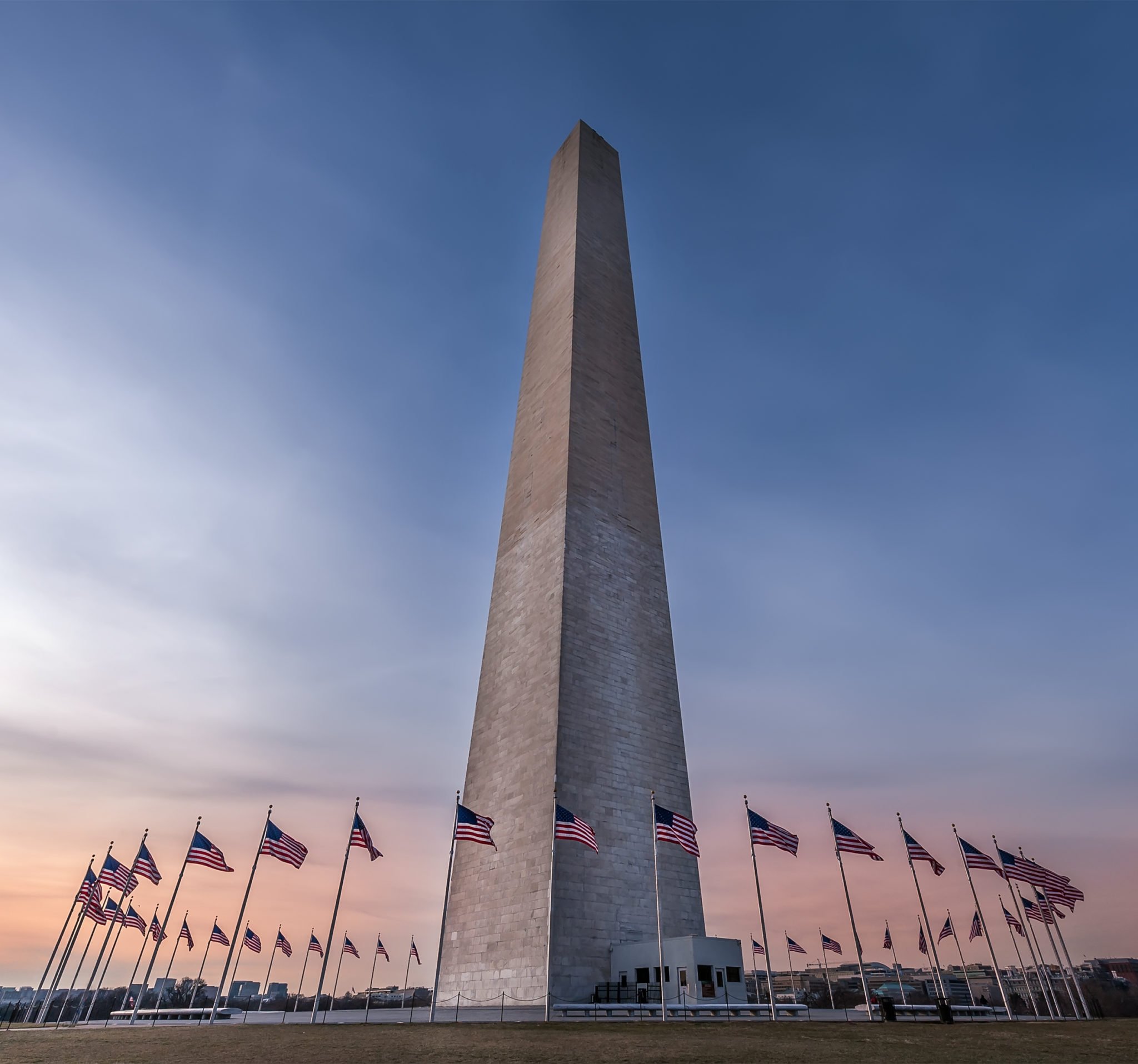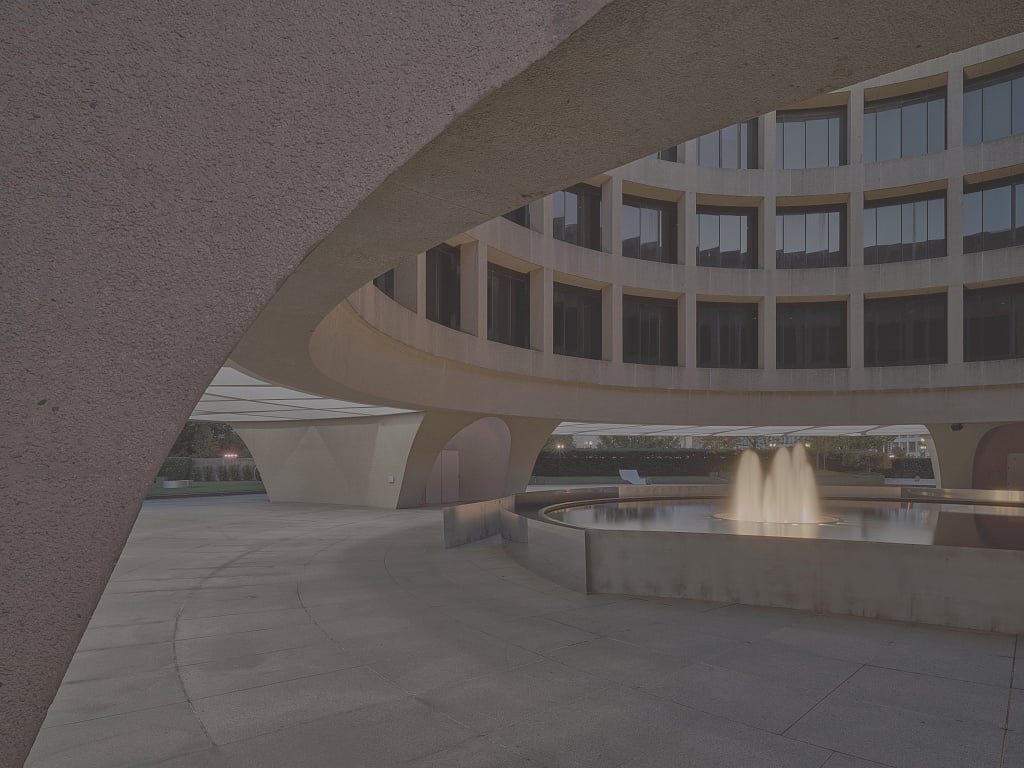DC Mayor Muriel Bowser said on Tuesday night that she had directed the committee she had charged with examining the namesakes of schools, buildings, and other facilities in the District to “focus on local DC.” That evolution followed strong pushback from the Trump administration and not a small amount of ridicule online over the committee’s recommendations, which, among widely expected moves like renaming Woodrow Wilson High School, asked the mayor to press the federal government to “remove, relocate, or contextualize” memorials that include the Washington Monument and the Jefferson Memorial.
Richard Reyes-Gavilan is the executive director of DC Public Library and was co-chair of the committee, which was named District of Columbia Facilities and Commemorative Expressions (or DC FACES) and which swung into action this past summer, amid a national reckoning about race and structural racism that followed George Floyd’s death in Minneapolis.
Memorials were the committee’s “number three” priority, Reyes-Gavilan tells Washingtonian. In fact, he says, one of the big ideas behind the working group was to avoid “things being done in a fit of rage.” The committee’s charge was to “take a dispassionate approach: Hey, let’s look at the inventory in the city.”
With regard to the recommendations about the big pieces of marble on the Mall, “a real important option we have is contextualization,” Reyes-Gavilan says. No one on the committee thought the Washington Monument could actually be relocated, he says, but adding a sign that noted that the first president owned hundreds of slaves would “contextualize the name George Washington in ways that were not available when I was in high school.” While DC’s government has very little input into what happens on the Mall or elsewhere in the federal core, the report notes that Bowser sits on the National Capital Memorial Advisory Commission, where she could push for such contextualization.
The committee worked quickly: Its work took less than two months, and the pandemic meant its research subcommittee had to do most of its work using online sources rather than in libraries and archives. One subcommittee was devoted to community engagement, and another focused on how exactly facilities can be renamed, a mammoth task in a city where authority often overlaps between agencies and local and federal government.
Still, he says, “ours was not an implementation plan.” DC Public Schools Chancellor Dr. Lewis Ferebee was on the group, and made the point that renaming a single school can cost upwards of hundreds of thousands of dollars. And schools, Reyes-Gavilan says, were at the top of the commission’s priorities: “Having your name on a street is very different from having your name on a school.”
The report available now is an executive summary. The full report, which has not yet been released to the public, will include some of the committee’s reasoning, so you’ll be able to learn why facilities named for individuals including Alexander Graham Bell, Benjamin Franklin, and Francis Scott Key were among the group’s “red list” of people and facilities that “gave us pause,” as Reyes-Gavilan says. (I spent part of Tuesday afternoon learning about John Peter Van Ness, someone I confess I’ve never looked up despite having made frequent use of a Metro station that bears his name.)
Asked what kind of criteria the committee considered, “One that was really simple is: was the person involved in slavery or was an active enslaver?” Reyes-Gavilan says. “That was pretty much a No. 1 disqualifying honor whether you owned one person or one hundred people. We drew the line there.”
Van Ness was in fact a slave owner; when he died a catalog of his estate noted that one woman was “quite old no value.” But if his name is to be expunged from Van Ness Elementary School, that leaves a neighborhood and several apartment buildings in addition to the Metro station that will still carry it. Other names may not refer to individuals but their families, and their trees could include problematic individuals alongside descendents who fought for civil rights. “It’s unlikely that we could rename Brookland or Benning or Brentwood,” Reyes-Gavilan says.
Another big consideration was “DC values,” a set of eight principles identified in the city’s most recent comprehensive plan, and how namesakes’ lives fit with ideas like diversity, equity, and opportunity. Other criteria included the degree of connection the individuals had to the District—whether they’d lived in DC or had a big impact on local life. Most of the buildings and individuals they looked at were just fine.
Now, Reyes-Gavilan says, it’s up to the mayor to digest the report and figure out how much of it she accepts and how much she believes is doable. “Our work is technically done,” he says, “but it wouldn’t surprise me if there were a DC FACES Part 2 which would be charged with coming up with a process, an implementation schedule for this.”
“All props to the mayor,” he says. “I think she approached it the right way. If you take these one at a time, based on who is the angriest, who is the loudest—there’s got to be a better way.”
But what about the blowback—did DC FACES consider how this report would land in an administration that has made preserving monuments central to its reelection campaign? Or how it would play in a country where, despite a pandemic and a cratering economy, some are trying to make the case that “cancel culture” is an immediate threat to the republic? The headlines on conservative media outlets last night followed that narrative carefully: “Democrat Mayor’s Committee Proposes Removing Or Shaming Washington DC Memorials,” was how the Federalist handled the report, for instance.
“Our work was really focused exclusively on our charge,” Reyes-Gavilan says. In other words, they looked at the names on buildings and made recommendations.
















